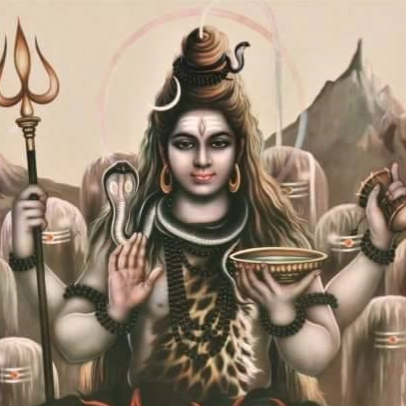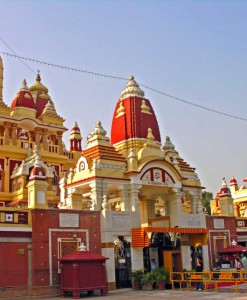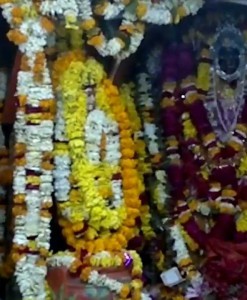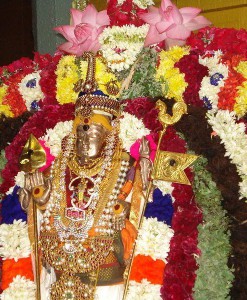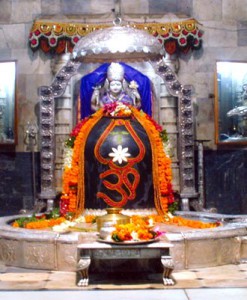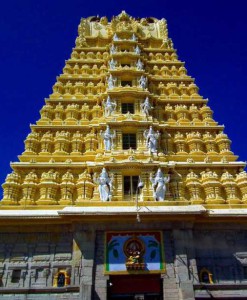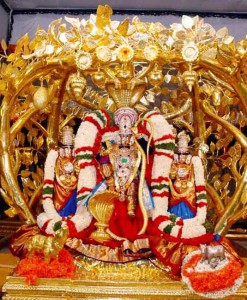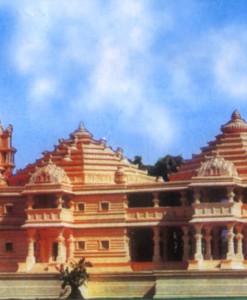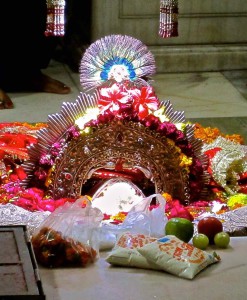No products in the cart.
Ramappa gudi also known as the Ramalingeswara temple, is located 77 km from Warangal, the ancient capital of the Kakatiya dynasty, 157 km from Hyderabad in the state of Telangana in southern India. It lies in a valley at Palampet village of Venkatapur Mandal, in erstwhile Mulug Taluq of Warangal district, a tiny village long past its days of glory in the 13th and 14th centuries. An inscription in the temple dates it to the year 1213 and said to have been built by a General Recherla Rudra, during the period of the Kakatiya ruler Ganapati Deva.
Ramappa Gudi;
This is one of the beautiful temples of kakatiya period built by racherla rudra, a general of kakatiya ganapati deva. According to a contemporary record this temple was built in 1213 a.d. the temple stands on a raised platform with garbhagriha, an antarla, and maha mandapa with lateral porched entrances on three sides. The main entrance faces east.The garbhagriha contains a black basalt linga installed on a high pedestal insideover the ceiling of the central ankana one finds a magnificient display of sculptures depicting scenes from ramayana, siva purana and other mythological narratives.The striking peculiarity of the building lies in the arrangement of bracket figures.
Above the kakshasana level decorated with slender, graceful madanikas, naginis etc. In different poses, the other units within the prakara are an imposing nandi mandapa, kameswara and kateswara shrines.It’s probably the only one temple in the country to be known by the name of its architect. temple got its name Ramappa because of its chief architect Ramappa. The Ramappa temple is the right destination for people who admire architectural brilliance and have a panoramic view of true scenic beauty. The temple is situated in Palampet village of the Venkatapur Mandal, in Mulug Taluq of Warangal, Telangana state.
A dozen elegant female dancers striking different poses will welcome you to the temple. Each with their flowing clothes, intricate jewelery and not to mention the amazing facial expression will be part of the grand entry. This is Ramappa Temple, Palampet, Warangal, Andhra Pradesh.
The gateways of the Ramappa Temple is flanked by by a statues of dancing girls (know as Mandkinis) made out of black basalt, polished to perfection.
Each of the three gateways of the Ramappa Temple are flanked by a pair of dancing girls on each side, thus making four dancing girls per gate and the number of dancing girls totals to twelve.
The Ramappa Temple is located in the Palmpur village of Warangle district in Andhra Pradesh. It is approachable by road from both Warangle and Hyderabad and is located 77 km from Warangal and 157 km from Hyderabad.
Built in 1213 by General Recherla Rudra during the reign of Kakatiya ruler Ganapati Deva the temple is named after the chief architect Ramappa.
The Kakatiyas became a dominant power in Andhra Pradesh at the same time as the Hoysalas emerged in Karnatak.
Both the two dynasties were great patrons of architecture with very similar architectural style.
Both their temples consists star shaped mandapas with projected porches and balcony seating along with lathe turned multifaceted pillars,
The main structure of the Ramappa Temple complex is know as Ramalingeswara and is dedicated to Lord Shiva. It is popularly known as the Ramappa Temple and stands on a elevated star shaped platform of height 6 feet.
The Ramalingeswar Temple consist of a garbhagriha, an antrala and a maha mandap. It consists of three entrances flanked with the dancing Mandakinis.
The sand stone built temple is crowned with a spire (vimanam) built of light bricks, so light that it is said to floats in water.
The interior of the temple is supported by pillars with exquisite carvings. The entrance of the inner sanctum in also elaborately carved out of basalt stone so is the celling.
The other wall contains exotic sand stone carvings depicting lines of elephants striking different posses, lotus motifs, mythical animals along with images of Ganesha, Narasimha and other gods and Goddesses. Last but not least the temple also contains erotic freezes!!!!
But the star attraction of the Ramappa temple lies in its bracket figures curved out of black basalt stone which are polished to perfections.
The bracket figure at the three entrances represents the Mandkinis while the other bracket figures represent the mythical creature of yalli.
The compound enclosed by high walls contains several other ruined structure including two other similar smaller structures on either side of the main temple. These two structures were also dedicated to Lord Shiva are known as Kameswara and Kateswara. The compound also contains several other structures including a rock edict and the nandi Mandap.
Although the roof of the Nandi Mandaophas long collapsed the Nandi idol has remained completely intact.
By some strange magic it has survived the successive Islamic invasions, natural calamities and not to mention the years of human neglect.
The Nandi seems to be in alter potion, ready to charge at the orders of Lord Shiva.
The entire region near the Ramappa Temple contains several other ruin structures dating back to the days of Kakatiyas.
By Road: The temple is situated in Palampet village of the Venkatapur Mandal, in Mulug Taluq of Warangal, Telangana state. It is 50 km off from Warangal Town.
By Rail: There are no train routes to reach temple directly. Near Railway stations are Hanamakonda and Warangal. After reaching Hanamakonda or Warangal Stand so many buses are there to travel Ramappa Temple.
By Air: The Temple can be reached through nearest Rajiv Gnadhi International Airport, which is in Hyderabad.
This temple Opening & Closing times is 6.00 AM and 6.00 PM. During this period major part of the Lord Shiva rituals are performed. Archana, Aarti and Abhisekham are the daily pujas performed.
The best time to visit the city and the temple is between the months of October and April.


